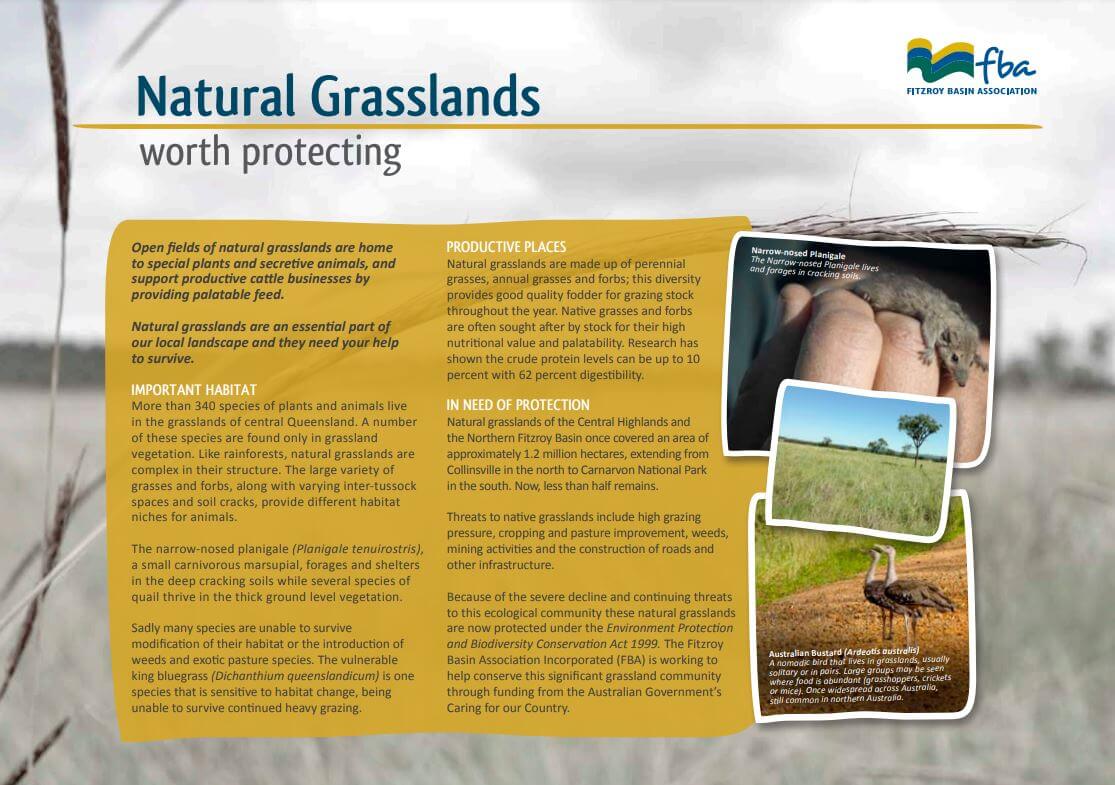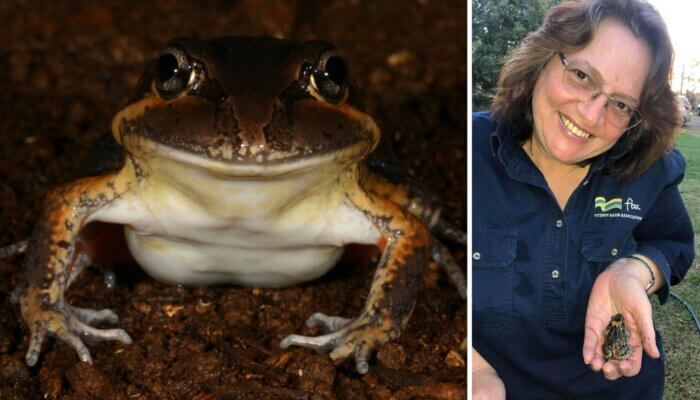Resources library
Resources
Long-term restoration – improving land condition
Long-term restoration - improving land condition

Ross Christiansen and his son Garth were some of the first landholders to partner with Fitzroy Basin Association Inc. to trial a new approach to restoring the condition of grazing land.
Take 3 for the Sea – Are there microplastics in our waterways?
Microplastics Monitoring Manual

Become a part of a citizen science microplastic program that provides reliable microplastic data whilst educating and engaging communities.
Gully Erosion in the Fitzroy Basin – case studies
Gully Erosion in the Fitzroy Basin

Erosion from gullies is considered one of the greatest risks to the health of the Great Barrier Reef. Through funding from the Australian Government's Reef Program, Fitzroy Basin Association Inc. (FBA) has worked with graziers across the region to repair gullies using innovative approaches. FBA has worked with six graziers with actively eroding gullies, located in high risk sediment areas identified through FBA's Sediment Risk Mapping, to complete site specific gully erosion projects in our region. Follow their journey and hear how they went about repairing gullies on their properties.
Gully Erosion in the Fitzroy Basin – case studies
Gully Erosion in the Fitzroy Basin - 12 months on

Erosion from gullies is considered one of the greatest risks to the health of the Great Barrier Reef. Through funding from the Australian Government's Reef Program, Fitzroy Basin Association has worked with graziers in high risk sediment areas to implement individually tailored remediation works. 12 months on, we revisit 3 landholders to find out how their erosion sites are recovering, how restoration works have withstood rain events and what they've achieved for their property and future.
Riparian fencing case study
Maximising grazing areas by using smaller paddocks

It might seem like a simple change, but by installing riparian fencing and creating smaller paddocks that are segregated according to land type, grazier Jim Curran and his wife Janet are able to manage their herd better and maximise the use of previously under-used pasture. And they are encouraging others to do the same.
Natural Grasslands Fact Sheet
FBA Natural grasslands fact sheet

Open fields of natural grasslands are home to special plants and secretive animals, and support productive cattle businesses by providing palatable feed. Natural grasslands are an essential part of our local landscape and they need your help to survive. This guide is full of tips to help central Queensland landholders manage their natural grasslands.












